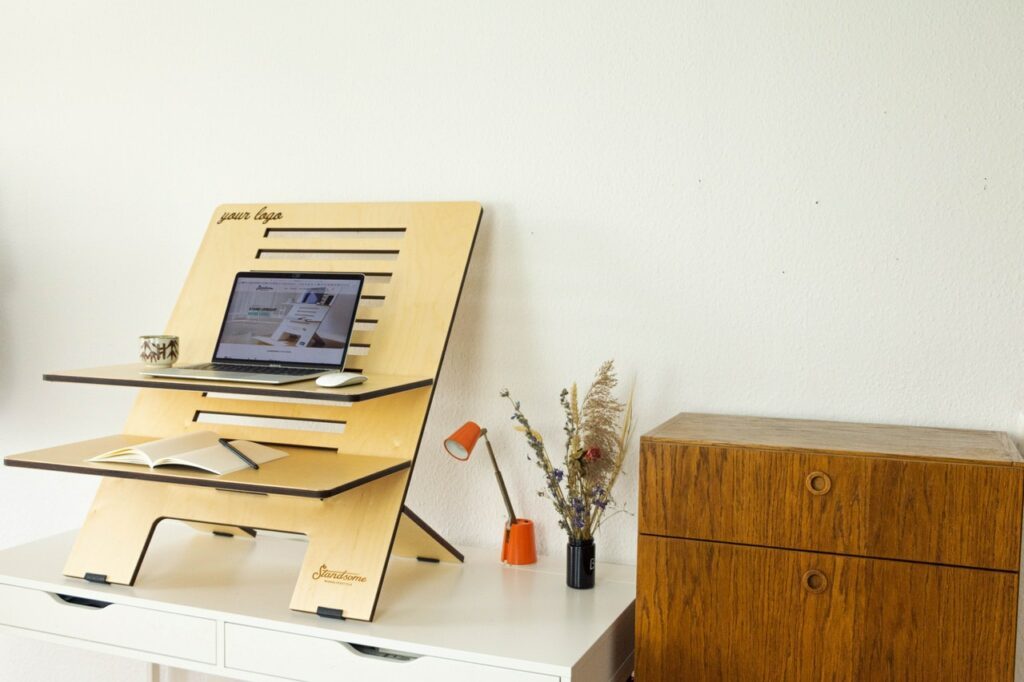Due to the social distancing measures imposed during the onset of the COVID-19 pandemic, many companies have adopted work-from-home setups, a trend that remained even as vaccine rollouts made in-person meetings safer. And despite having arisen as a stopgap measure for the crisis, remote work gave employees many benefits. They decreased costs for transportation, gave workers the freedom to choose jobs outside of their geographic location, and even allowed some to choose their own work hours.
However, remote work conditions can also pose threats to a person’s mental health. In the UK, 820,000 employees reported that they were struggling with mental health as a result of remote work. Among those surveyed, 27% attributed their distress to an inability to unplug, while 15% cited distractions at home, and 12% cited difficulty staying motivated. It’s clear that the isolation of remote work has left many feeling demoralised.
To manage the day-to-day stresses of remote work, employees can learn to practise mindfulness.
When practising mindfulness, individuals become more aware of their surroundings, feelings, and actions. Mindfulness in the workplace allows employees to be more intentional about their work, thus improving their output and productivity. Additionally, mindfulness during breaks encourages workers to better take stock of their feelings, allowing them to return to their work fully recharged and rested. Below, we’ve provided a few tips you can use to practise mindfulness in the workplace.
Create Physical Boundaries
It’s easier to maintain a decent work-life balance in an office setting. Once your hours are over, you get to exit your physical workspace, which makes it easier to leave your work mindset behind and focus on the other parts of your life. You don’t get the same privilege in a work-from-home setup. When your house is also your workspace, your mind will inevitably associate the physical space with things outside of work, such as rest, relaxation, or play. This will make it hard to stay focused.
To set a clear boundary between work and home, you need to carve out space in your home specifically for work, such as a dedicated office. Ideally, this would be a separate room, but if that is not possible, do what you can to keep your workspace distinct from the rest of your home. A room divider placed behind your desk can create a physical boundary between your workspace and the outside.

A standing desk converter (source) 
A standing desk converter in position on a standard desk
Additionally, make sure the things in your defined workspace help you stay productive. For instance, furniture and accessories that follow the rules of ergonomics can help you stay mindful of your body. It may even help to invest in a standing desk. This way, you’ll be able to alternate between sitting and standing, which gets your body moving and keeps your blood flowing. That boost of energy can help you stay focused and productive.
Schedule Breaks
When you don’t take much-needed downtime away from your tasks, built-up stress and exhaustion will prevent you from staying focused. Spread some short breaks across the workday to give yourself time to rest between bursts of productivity. By giving your body time to recharge, you can return to each task with renewed motivation and vigour.

You can even use your breaks to strengthen your connection with your body. If you find yourself slipping away from the state of mindfulness, it may help to carve out time for mindfulness meditation. Researchers have proven that even short meditation sessions can improve a person’s attention span, decrease stress, and improve cognitive function. Look into guided meditation sessions on YouTube or use one of the many guided meditation apps. Reconnect with your body, your feelings, and your intentions, so you can dive into the fray with improved focus.
Avoid Multitasking
The human brain was not designed to process and attend to more than a single task at once. The act of addressing a task involves three steps: identifying the goal, identifying information relevant to the goal, then acting on the information to complete the goal. When you switch between two tasks, your brain has to spend extra time identifying each task’s goals and other relevant information, leaving it with little energy to focus on actually completing the task goal. In other words, when your attention is divided, you cannot be fully present.
In a remote workplace, the risks of multitasking are higher, since you’re concerned about work and home responsibilities. Stay mindful of your work by only sticking to one task at a time. If you’re worried about efficiency, you can assign specific times to handle each task. This way, you can stay focused on each task and feel secure knowing that you’ve allotted time for other responsibilities.
Take Time Off Your Devices
Going off the above point, perhaps the easiest way to get distracted is through your devices. Browsing Twitter between tasks might seem harmless, but if you’re not careful, you may end up losing yourself and your time to social media scrolling. Thus, to stay present in your body and focused enough for work, avoid opening any smartphone apps while on the clock.
With the boundaries between home and work blurred, remote work setups may increase the risk of stress and fatigue. Fortunately, by staying mindful, you can keep yourself energised during work hours and relaxed off the clock.
